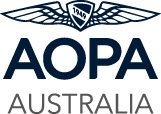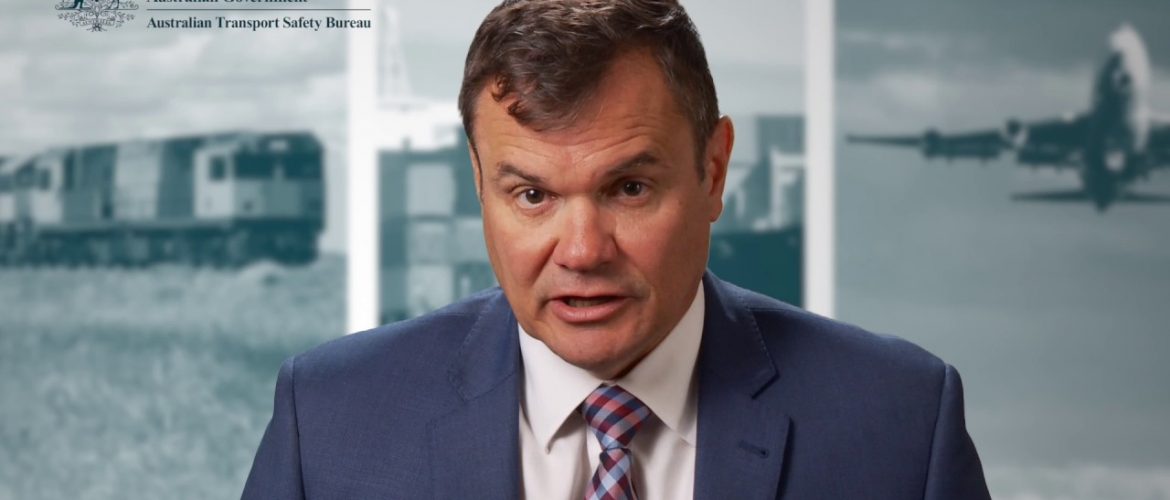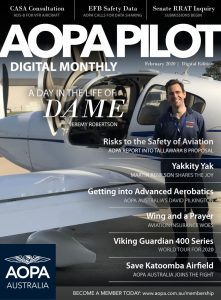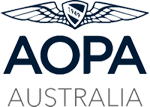According to its web site, the Australian Transport Safety Bureau (ATSB) is an independent Commonwealth Government statutory Agency. The ATSB is governed by a Commission and is entirely separate from transport regulators, policy makers and service providers.
It is improbable that anyone would dispute that ATSB’s function is to improve safety and public confidence in the aviation, marine and rail modes of transport through excellence in:
- independent investigation of transport accidents and other safety occurrences;
- safety data recording, analysis and research; and
- fostering safety awareness, knowledge and action.
However, many would dispute claims that ATSB achieves excellence in these areas, especially in accident investigation and data analysis. The aviation community, the Federal Government, the responsible Minister, and the broader community should be alarmed when a government agency, funded by tax-payers, fails to deliver the excellence demanded of it.
Aviation accident investigations
Perhaps the most well-known example of a glaring failure in ATSB’s investigation of an aviation accident is the Norfolk Island accident in November, 2009, involving a Pel-Air Westwind jet VH-NGA on a medical transfer flight from Samoa.
ATSB’s initial report caused a furore in the aviation community and called into question the integrity of both ATSB and CASA. The criticism was so great that the Senate commissioned an investigation and an independent review by the Transportation Safety Board of Canada.
The Canadian TSB found “lapses in the application of the ATSB methodology with respect to the collection of factual information, and a lack of an iterative approach to analysis”. It also identified “potential shortcomings in ATSB processes, whereby errors and flawed analysis stemming from the poor application of existing processes were not mitigated”; and it “did not address key issues in the way that the Australian aviation industry and members of the public expected.”
In December, 2014, ATSB was directed to withdraw its report and re-open the investigation.
At least two recent accident reports demonstrate that those lapses, lacks and flaws still exist and that the ATSB does not have nor deserve the respect and support of the aviation industry.
Example 1
The investigation into a fatal crash of a private flight at Mt. Gambier in 2017 (AO-2017-069) has been roundly criticised for its flawed statistics that were shown by independent statistical experts to be invalid. The investigation paid scant attention to the primary cause of the accident, which was, quite obviously, a decision by the pilot to fly into adverse weather. No attention was paid to practical matters that would help other pilots avoid similar mistakes in the future e.g. the numerous sources of weather data available to pilots before and during flights. Instead, the majority of the report was devoted to unproven speculation about real and perceived pressures to continue with the flight.
There have since been at least two more fatal accidents involving private flights where adverse weather prevailed at the time, one near Coffs Harbour and one near the NSW/QLD border.
ATSB was deficient in “the collection of factual information”. The report contained no evidence of an attempt to determine the mental state of the pilot or his approach to risk management nor any evidence that ATSB consulted other pilots who conducted similar flights.
The report also contained “errors and flawed analysis” as demonstrated by the independent expert analysis.
The final report and the CASA Legislative Instrument (CASA 09/2019) were the subjects of a Senate inquiry in 2019 where the performance of both organisations was heavily criticised. The Senate committee recommended that CASA amend the Legislative Instrument it introduced (CASA ignored the recommendation). The Instrument was also the subject of a Senate disallowance motion which, despite the findings of the inquiry, was lost.
Example 2
Almost three years after the event, ATSB has recently released its report into a fatal accident at Renmark in 2017.
Despite an almost complete absence of flight data, ATSB has taken three years to produce a 75 page report, almost all of which is either speculation or of dubious relevance. For example, although the aircraft had a current maintenance release and no technical were identified during the investigation, the report includes a list of recent maintenance activities, none of which contributed to the accident.
Safety data recording and analysis
ATSB has recently released a research report AR-2020-014 Aviation Research Statistics. The report is an example of analysis that falls well short of excellence. For example, the report contains a statement that “Community services flights, followed closely by test and ferry flights, had the highest fatal accident rates”. The statement is completely invalid and calls into question the ability of ATSB to provide effective, reliable and independent analysis of accidents and incidents.
There are two very serious failures in the analysis on which the statement is based.
First, it is contradictory. ATSB acknowledges that “as there was only one fatal accident involving an aircraft conducting community service flights between 2014 and 2018 there is a high level of statistical uncertainty associated with this rate”. Having acknowledged the absence of any statistical significance, ATSB nonetheless claims that community service flights “had the highest fatal accident rate”. Making such a statement on the basis of a single event is a blatant misrepresentation of the facts.
The second and equally serious deficiency is the failure to consider the validity of the data on which the statement is based. According to the report, ATSB obtained “activity departures and hours flown data from the Bureau of Infrastructure, Transport and Regional Economics (BITRE)”. ATSB should be aware, and failed to acknowledge, that the BITRE survey seeks data on aircraft use from owners and operators whose source of information is the maintenance release of each aircraft. There is no requirement, and no facility on the maintenance release, to record the activity for which an aircraft is used. Thus, the only operators who can provide data on community service flying are owners who are the sole users of their aircraft and can, therefore, match aircraft use with pilots’ log books. Consequently, the data for community service flights will, inevitably, be seriously underestimated.
What does the aviation industry need?
- The Minister should require that ATSB immediately withdraws its report AR-2020-014 Aviation Research Statistics, acknowledges the deficiencies in the BITRE data on community service flights, and retracts the statement that “Community services flights, followed closely by test and ferry flights, had the highest fatal accident rates”.
- The Minister should commission an independent audit of the performance of ATSB in relation to its independence in investigating transport accidents and other safety occurrences; the quality of its safety data recording, analysis and research; and the relationship between ATSB and the aviation industry. The audit should be conducted by a panel comprising a majority of aviation industry representatives, selected by the industry.
- The Minister should set quantitative and relevant performance indicators for the ATSB commissioners and the overall organisation with appropriate consequences for failure to meet the required performance.
- There should be a process for independent review of ATSB reports and investigations, preferably judicial review/Federal Court appeal process.
- The Prime Minister should appoint an Assistant Minister for Civil Aviation and introduce a new Civil Aviation Act that actively encourages a vibrant aviation industry and requires both CASA and ATSB deliver efficient, relevant and cost effective services to the aviation industry.






